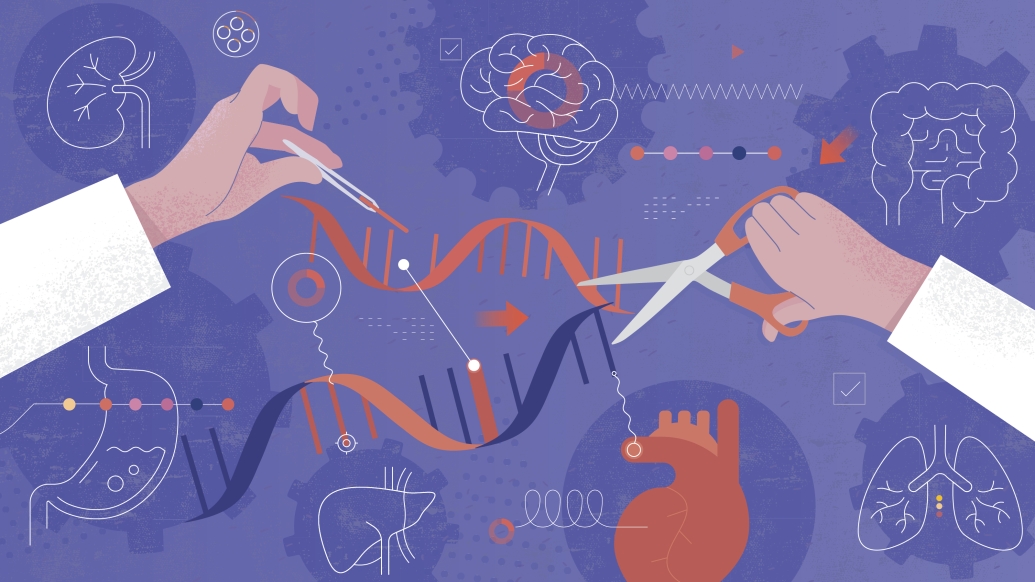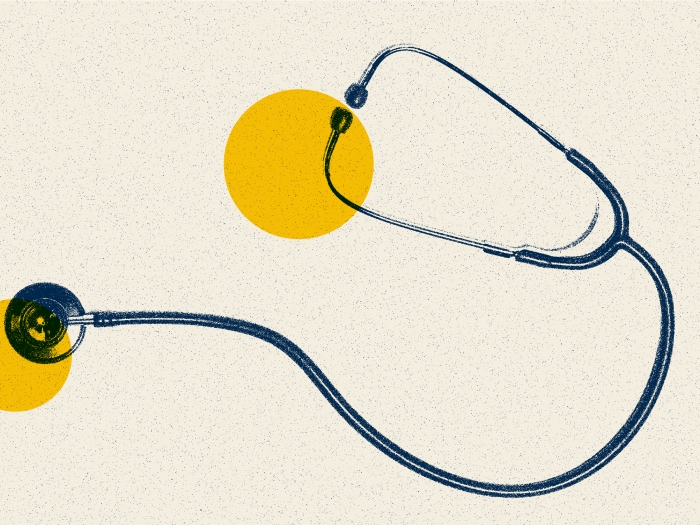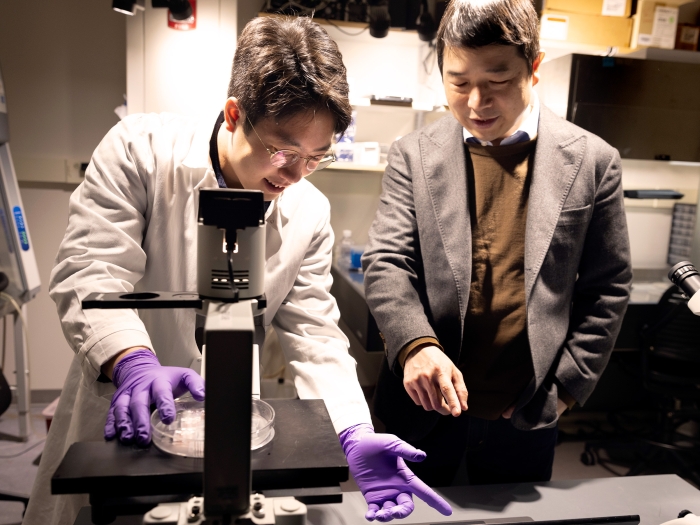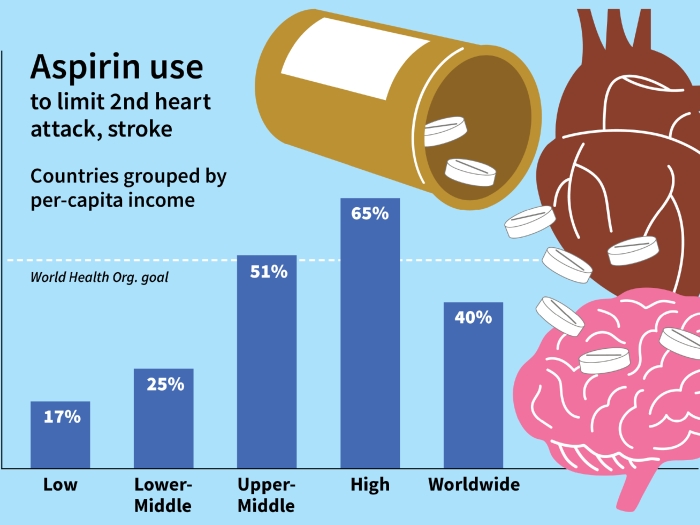A study provides proof-of-concept evidence for off-switch for CRISPR-Cas3
5:00 AM
Author |

Using CRISPR, an immune system that bacteria use to protect themselves from viruses, scientists have harnessed the power to edit genetic information within cells.
In fact, the first CRISPR-based therapeutic was recently approved by the FDA to treat sickle cell disease in December 2023.
That therapy is based on a highly studied system known as the CRISPR-Cas9 genetic scissor.
However, a newer and unique platform with the potential to make large-sized DNA removals, called Type I CRISPR or CRISPR-Cas3, waits in the wings for potential therapeutic use.
A study from Yan Zhang, Ph.D., assistant professor in the Department of Biological Chemistry at the University of Michigan Medical School, and her collaborators at Cornell University develops off-switches useful for improving the safety of the Type I-C/Cas3 gene editor.
The study is published in the journal Molecular Cell.
Taking advantage of the arms race between bacteria and viruses that infect them (bacteriophages), the Zhang team develops CRISPR off-switches from anti-CRISPR proteins that phages have evolved to combat bacterial CRISPR immunity.
Anti-CRISPR proteins that inhibit Cas9 have been used in experimental settings to reduce CRISPR’s “off-target” effects.
Such effects result from Cas9 acting on unintended, non-target parts of the body or genome and making undesired edits that may lead to adverse outcomes such as an increased risk of cancer.
“When editing human genome using CRISPR-Cas9, providing an inhibitor protein can helps mitigate off-target effects and increase the safety profile,” said Zhang.
“This is because off-targets tend to occur when there is an excess of CRISPR reagents or that they linger in the cells for too long. Applying inhibitors to restrict the amount or duration of CRISPR action has proven to be effective in reducing off-target edits while maintaining on-target edits.”
The Zhang team set out to develop a robust off switch for the highly efficient Cas3 system they previously uncovered from Neisseria lactima, bacteria that live harmlessly in the human upper respiratory tract.
Screening all known anti-CRISPRs that have been reported in literature as inhibitors for others Cas3 variants from distinct bacteria organisms they found two, AcrIC8 and AcrIC9, with a strong cross-reacting effect against the Neisseria Cas3.
Next the team wanted to know more about how they work because “how they work will inform what kind of Cas3-based technologies can be controlled by each anti-CRISPR,” said Zhang.
Using genetic and biochemical studies at U-M and cryogenic electron microscopy analysis performed at Cornell, they determined the mechanism of action and structure of AcrlC8 and AcrlC9 at the molecular level.
Both proteins prevent the CRISPR-Cas3 machine from binding to its DNA target site but through slightly different mechanisms, they reported.
“To see this at an atonic level from Ke lab’s work is truly astonishing and they are employing a very clear strategy —competing with the DNA to be bound by the Cas machinery, a very effective way to block Cas protein function,” said Zhang.
Finally, the Zhang team provided key proof-of-concept evidence that each of these anti-CRISPR protein can serve as an off-switch for CRISPR-Cas3 in human cells.
They can almost completely block two versions of the CRISPR-Cas3 technologies, one for large genome deletion and the other for gene activation, making them the first off-switches developed for any CRISPR-Cas3 gene editor.
“Cas3 with an off switch would be a safer way to engineer the genome,” said Zhang.
Her lab plans to further develop CRISPR-Cas3 based therapeutics for various human diseases, with the newly discovered off switches, in collaboration with colleagues here at U-M Medical School.
Chunyi Hu, Ph.D., of Cornell University and Ph.D. student Mason Myers of U-M are first authors on the manuscript.
“It has been extremely gratifying to watch Mason’s exponential growth as a budding young scientist. As a third-year PhD student in my group, he has already shown so much potential.” said Zhang.
Paper cited: “Exploiting Activation and Inactivation Mechanisms in Type I-C CRISPR-Cas3 for 3 Genome Editing Applications,” Molecular Cell. DOI: 10.1016/j.molcel.2023.12.034

Explore a variety of healthcare news & stories by visiting the Health Lab home page for more articles.

Department of Communication at Michigan Medicine
Want top health & research news weekly? Sign up for Health Lab’s newsletters today!





